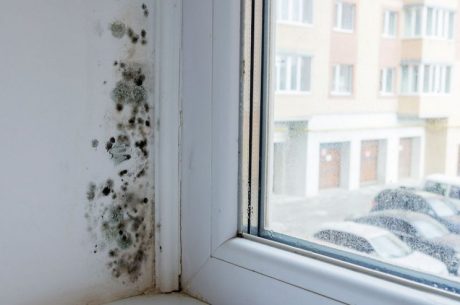Table of Contents
How to Remove Mold in Attic
Mold in your attic can be a serious issue, potentially causing structural damage and health problems. If you’ve noticed mold growth in your attic, it’s important to take action quickly. This guide will walk you through the process of identifying, removing, and preventing attic mold in your home.
Identifying Mold in Your Attic
Before removing mold, you need to confirm its presence. Mold often appears as black, green, or white patches on wood, insulation, or drywall. Common signs include:
- A musty odor in the attic
- Discoloration on wooden beams or insulation
- Moisture buildup or water stains
- Allergy symptoms, such as sneezing or respiratory issues
If you suspect mold but aren’t sure, you can use a mold testing kit or hire a professional mold inspector for confirmation.
Causes of Attic Mold Growth
Mold thrives in damp environments, and attics are particularly vulnerable due to the following reasons:
- Poor Ventilation – Inadequate airflow traps moisture, creating an ideal mold-growing environment.
- Roof Leaks – Water seeping through damaged shingles or flashing can create damp conditions.
- Improper Insulation – Gaps in insulation can lead to condensation, promoting mold growth.
- Bathroom or Kitchen Exhaust Fans – If these vents discharge warm, moist air into the attic instead of outside, they can increase humidity levels.
Understanding the root cause of mold growth will help prevent future outbreaks.
Safety Precautions Before Mold Removal
Before starting mold removal, take the necessary precautions to protect yourself and your home:
- Wear protective gear, including gloves, a mask (N95 or higher), goggles, and disposable coveralls.
- Use plastic sheeting to seal off the attic entrance and prevent spores from spreading.
- Ensure proper ventilation by opening windows or using a fan to direct air outside.
- Have a HEPA vacuum ready to capture airborne mold spores.
Steps to Remove Mold from Your Attic
- Contain the Affected Area
Prevent mold spores from spreading by covering the attic access with plastic sheeting and sealing vents temporarily.
- Remove Contaminated Materials
If mold is present on insulation, drywall, or ceiling panels, carefully remove and dispose of them in sealed plastic bags. Mold-infested wood may need sanding or complete replacement.
- Apply Mold Cleaner or Homemade Solution
Use one of the following solutions to clean mold from wood and surfaces:
- Commercial Mold Remover – Products like Concrobium Mold Control or RMR-86 work well.
- Vinegar Solution – White vinegar kills mold and prevents regrowth.
- Hydrogen Peroxide (3%) – Spray and let it sit before scrubbing.
- Bleach Solution (for Non-Porous Surfaces) – Mix one part bleach with ten parts water and wipe down moldy areas.
- Scrub and Remove Mold
Using a stiff-bristled brush, scrub the affected areas thoroughly. For severe cases, a wire brush or power sander may be needed.
- Dry the Area Completely
Mold thrives in moisture, so ensure the attic is completely dry using fans, dehumidifiers, or a heater. Consider using a moisture meter to check levels before proceeding.
- Apply Mold-Resistant Coating
After cleaning, apply a mold-resistant primer or paint on wooden surfaces to prevent future growth.
Preventing Future Mold Growth
Once you’ve removed the mold, take steps to prevent it from returning:
- Improve Ventilation – Install attic vents, soffit vents, or an attic fan to ensure proper airflow.
- Fix Roof Leaks – Regularly inspect and repair your roof to prevent water intrusion.
- Upgrade Insulation – Ensure insulation is evenly distributed to prevent temperature fluctuations and condensation.
- Redirect Exhaust Fans – Make sure bathroom and kitchen vents discharge outside rather than into the attic.
- Monitor Humidity Levels – Use a hygrometer to keep attic humidity below 50%.
When to Call a Professional
If the mold infestation covers more than 10 square feet or is deeply embedded in structural materials, hiring a professional mold remediation service is the safest option. Professionals have specialized equipment to remove mold safely and prevent regrowth.
For mold removal in attic in Maine, contact PuroClean on (207) 531-1200
If removing this kind of fungus seems daunting to you, it’s because it is. Mold can not only affect your health, but you can also risk doing a poor job, resulting in a more massive mold infestation. The best way to get rid of mold in your attic in Maine is to contact professionals such as PuroClean of Auburn on (207) 531-1200. We have the experience, techniques, and equipment necessary to remediate the mold, dry your property, and return it to normal.
Conclusion
Removing mold from your attic is crucial for maintaining a healthy home. By identifying mold early, using the right cleaning methods, and addressing moisture issues, you can effectively eliminate mold and prevent future problems. Regular attic maintenance and proper ventilation will help keep your home mold-free in the long run.



